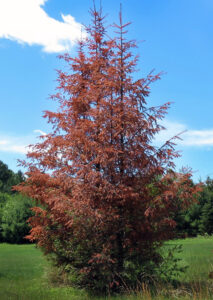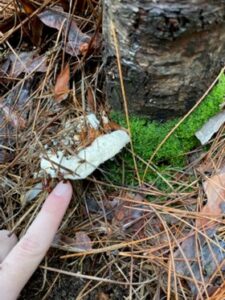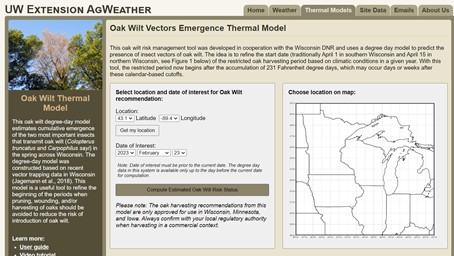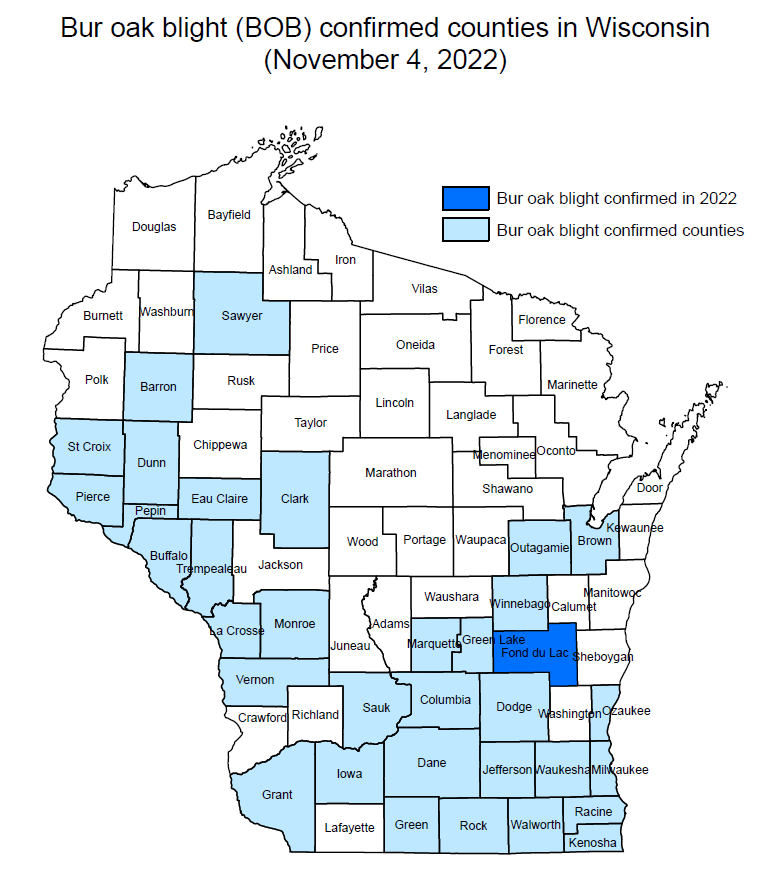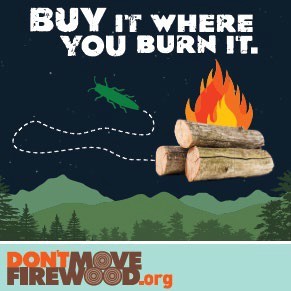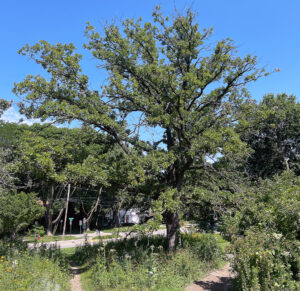
A bur oak more than 100 years old exhibits canopy dieback and epicormic branching caused by twolined chestnut borer. / Photo Credit: Wisconsin DNR
By Michael Hillstrom, DNR Forest Health Specialist, Fitchburg
Michael.Hillstrom@wisconsin.gov
White, red and bur oaks have been experiencing increased mortality in Wisconsin and neighboring states over the last few years.
The causes of mortality are varied, but two-lined chestnut borer (TLCB) is the most common culprit. Wisconsin has switched from a period of historically wet years (2017-2020) to drought conditions that have become more severe each year (2021-2023). Add in frost damage, storm damage, increased growing season length and aging forests and the environmental recipe exists for stressed oaks that are more susceptible to attack by insects and diseases.

